Photography Trends of the 2010s
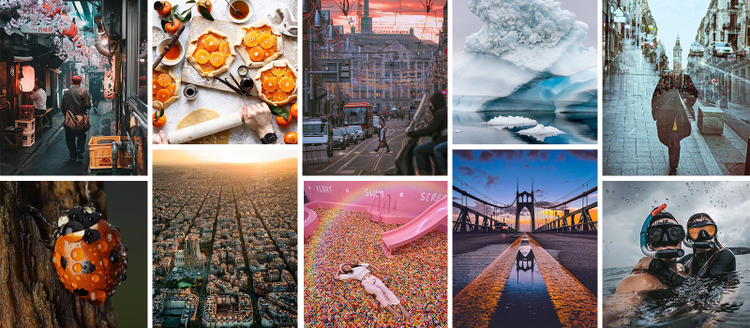
As the new year approaches, our natural reaction is to reflect—reflect on our memories, our choices, and our milestones. Out of respect to our creative brains, it is imperative that we contemplate more than just the milestones that made the 2010s great. We need to reflect on the artistic approaches that shaped our style today, the technology (shoutout to Lightroom) that influenced our creative development, and the trends that shaped what was truly a whirlwind of a decade.
As we jaunt into the last stretch of 2019—of the ‘10s—it’s time to recollect the top photography trends that traversed the creative threshold. Using Google Trends and tapping our team of Adobe experts, we researched some notable shifts in photography over the past decade. Full disclosure: some of them may cause a range of unexpected feelings, from unspoken regret to archived joy. Hang on to your lenses, folks, because here they are!
2010 — Double Exposure

Photo by @billerman_7.
In 2010, we saw low unemployment rates, watched the Winter Olympics in Vancouver, witnessed the rise of Justin Bieber, and most relevant, noticed a spike in double exposure photography. As a quick refresher, a double exposure is a combination of two exposures in one image to produce evocative results. This trend made for an exceptionally spacey photography moment, and it still proves its relevance today.
2011 — Street Photography
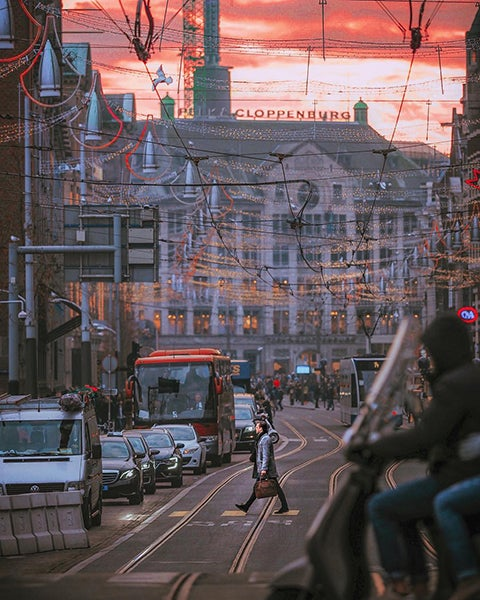
Photo by @golden2dew.
After the double exposure wave settled, the street photographers stepped onto the scene (literally). A trend still near and dear to our hearts today, street photography took 2011 by storm.
2012 — Macro Photography
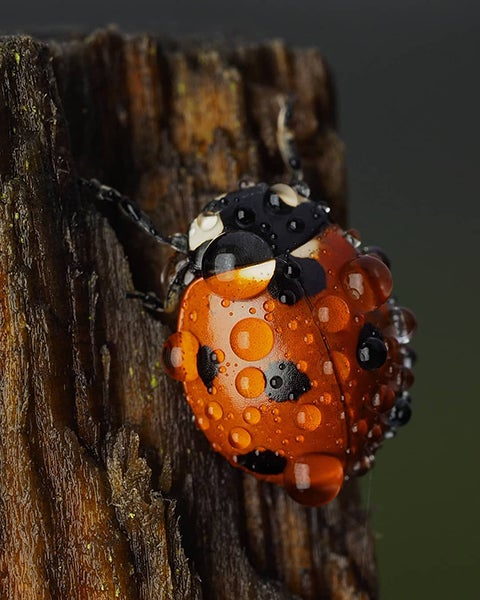
Photo by @neverchangeyoufortheworld.
The rise of macro (extreme close-up) photography created sights unseen for the millions who have successfully avoided face-to-face contact with creepy crawlers. Perhaps a nightmare-ish trend for some, it did (and continues to) give a wide variation in perspective for the average photographer.
2013 — iPhoneography / Smart Phoneography

Photo by @siberianvolk.
Ah yes, iPhoneography—arguably the most controversial trend of the 2010s. Not only did it influence our creative process, but it completely changed the industry as a whole. Suddenly, the ability to capture a jaw-dropping photo was handheld. Photography pros, hobbyists and beginning photographers alike all began to ditch the tripod and embrace the iPhone age of mobile capture. Social media feeds flooded with #shotoniphone, and a new norm was officially set.
2014 — Flat Lay (Knolling)
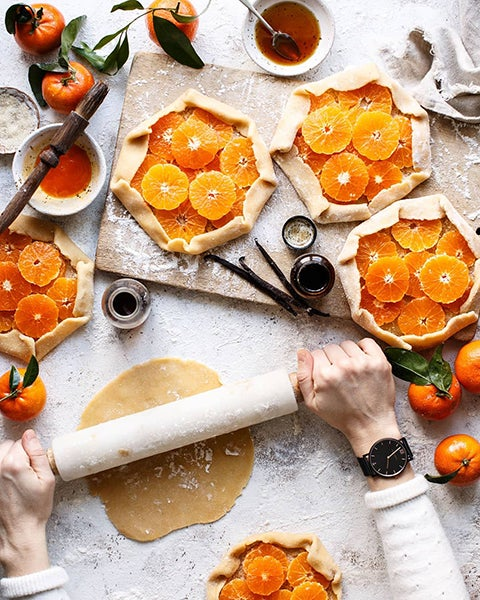
Photo by @bealubas.
Now, who doesn’t love a good flat lay? Sometimes known as ‘knolling,’ this trend completely took over, making for an absurdly satisfactory Instagram experience for all. Food bloggers and professional photographers took to the alternative photo layout for the crisp colors and clean presentation it brought to their overall aesthetic. Still popular among the food photography community and many others, we can expect to see 90-degree-angled compositions well into the 20s.
2015 — Selfies
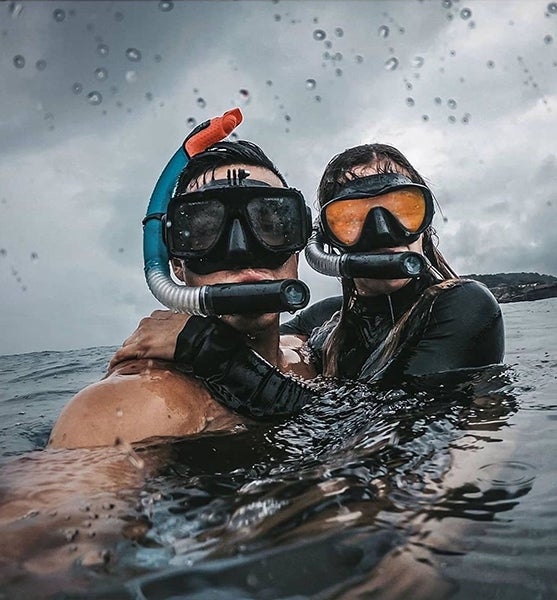
Photo by @angels.of.the.sea.
Although we’ve been selfie-ing for as long as we’ve had cameras, 2015 saw a true selfie explosion. The rise of the ‘selfie’ took several forms: the selfie from above, the partner/group selfie, the stand-alone selfie. Most inextricable was the selfie stick sensation that swept the nation. Suddenly, arm’s length wasn’t sufficient enough, and we all unanimously agreed that we needed a little extra help. Great for travel excursions and squeezing in several family members in one shot, the selfie stick served its purpose well.
2016 — Instagrammable Art Installations
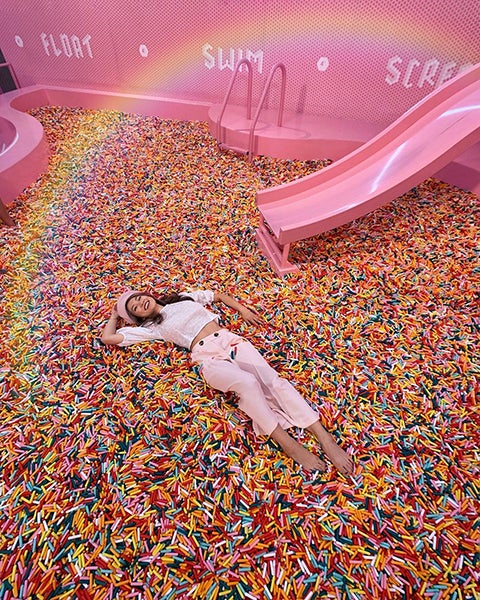
Photo by @fashionbyally.
2016 brought us physical, visitable wonder-scapes complete with rainbow sprinkle ball pits, optical illusions and banana swings. The concept of ‘Instagrammable places’ came to fruition, largely due to the Museum of Ice Cream phenomena that owned the year. Soon after, the Color Factory and Museum of Illusions followed suit, disrupting social media with outstandingly bright colors (enhanced with Lightroom 😉). This trend truly cemented the notion that, if you don’t take a picture of it, “it didn’t happen.”
2017 — Aerial Drone Photography
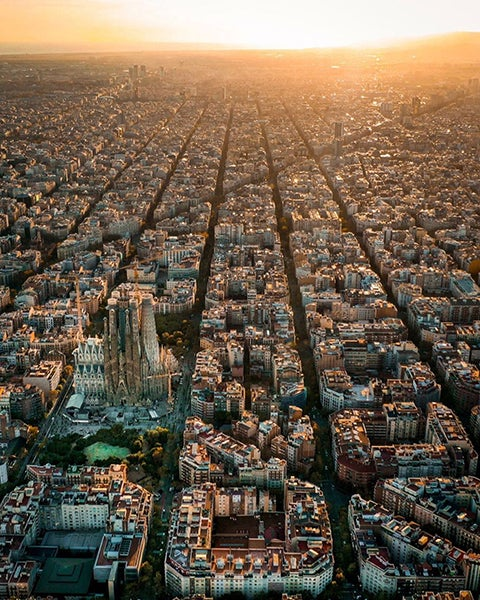
Photo by @world_walkerz.
Drones took the photography world to new heights, providing us with the ability to capture perspectives from as high as 400 feet while remaining at ground level. Some argue that drones have revolutionized the industry as a whole, and we even sometimes see them at the center of photography-related controversy. While this is a fairly recent trend, we’re still observing the true impact that drones have on our future visual experiences.
2018 — Travel Photography
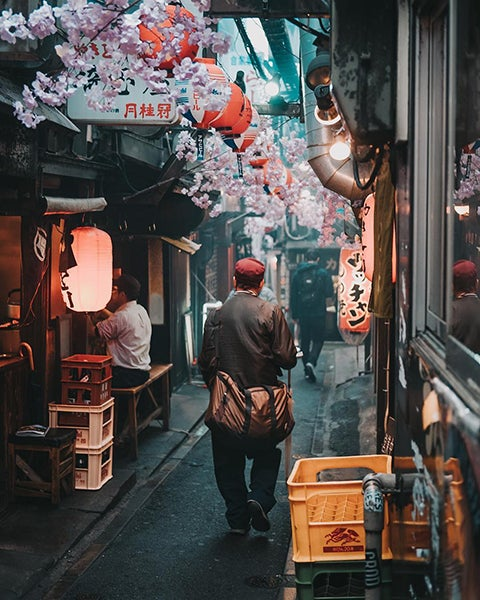
Photo by @mikejalipa.
As far as we’re concerned, travel photography will always be on-trend. In 2018, we saw a significant spike in delightful alleyway photos, blissful summit snapshots and gorgeous vistas. This is likely tied to the rising importance of location-tagging on social media, as it relates to overall algorithms and location-based stories. No matter the cause, we’ll always stand by travel photography.
2019 — Photography as Activism (Climate Change Photography)
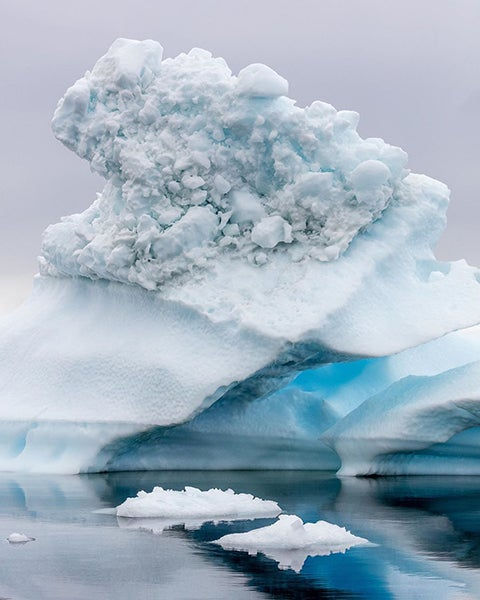
Photo by @jkost.
In 2019, the world observed record-breaking temperatures; as a result, the photography world observed a rapid spike in climate change photography. When words fail, photos speak. Thus, many of us have taken to our lenses to voice our frustrations and fears for the future conditions of Earth.
2020s — Looking ahead
While we can admit that photography styles are influenced by general style and visual trends, we must acknowledge a recent and very welcome industry shift in subject inspiration. With stylistic trends on the decline, photographers and photo enthusiasts around the world are more seriously inspired by major social conversations, such as climate change and the importance of diversity and inclusion.
In 2020, we expect the volume of diverse and inclusive images to boost, tenfold. For this, we are particularly ecstatic, as we are eager to see creators everywhere engage in the larger conversation at hand, using photography to speak.
Honorable mentions
Just because these notable trends made the list doesn’t mean there weren’t other influential photography styles over the past decade. Without further ado, here are the runners up!
- HDR — 2010
- Cinemagraphs — 2011
- “Photo of the day” — 2012
- Food Photography — 2013
- Long Exposure — 2014
- Time-lapse — 2015
- Filters — 2016
- Portrait Mode — 2017
- Mirrorless Cameras — 2018
- Instagram — 2019
And that’s a wrap
Well, here we are, at the end of the blog (and of the 2010s). It’s been quite the creative adventure if we do say so ourselves. We remain thoroughly impressed by the unexpected ways photography has evolved over the past ten years, and we cannot wait to see what this brilliant and innovative community has in store. As we close out this decade and reflect on the photography trends that have influenced us and the way we edit in Lightroom, we feel nothing but gratitude for what we’ve observed, and excitement for what is to come.
Happy (early) 2020 and may the next decade bring even more creative ingenuity than the last!